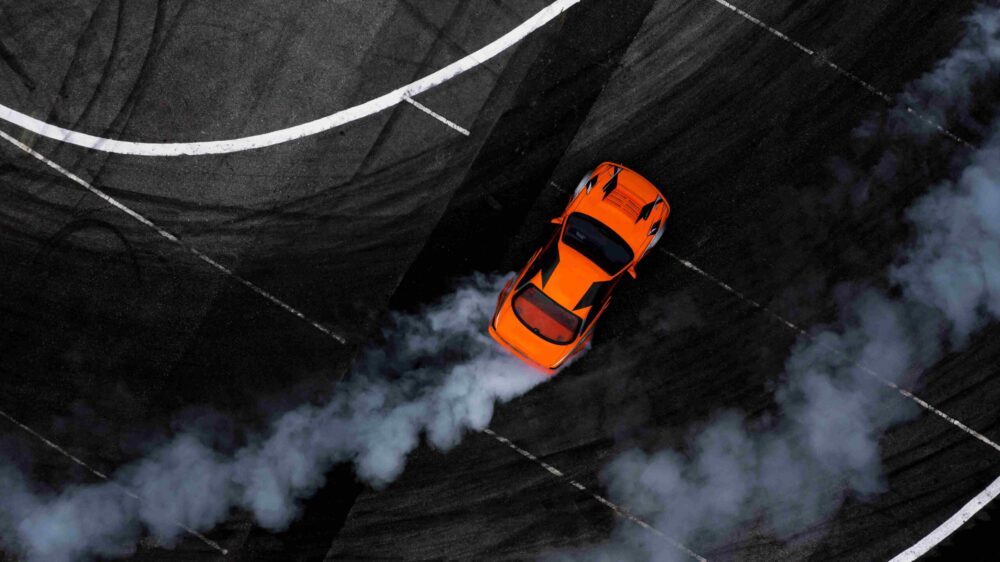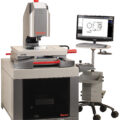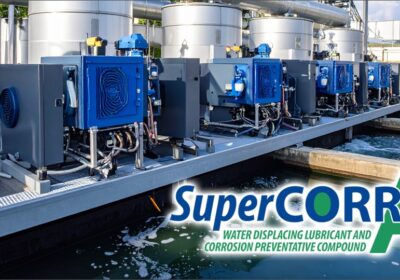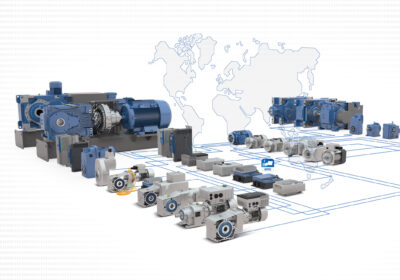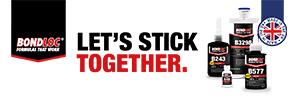~ Choosing the right automative bearings for a safe journey ~
A worn-out bearing might seem like a minor issue — until it leads to a seized wheel or a breakdown in fast-moving traffic. Bearings are critical to the smooth and reliable function of countless automotive components like wheel hubs and alternators. But when bearings fail — which often happens silently and gradually — the consequences can be serious. Here, Chris Johnson, managing director of bearing specialist SMB Bearings, offers guidance on selecting the right bearings to keep vehicles safe, stable and roadworthy.
Automotive bearings are in growing demand. According to Fortune Business Insights, the global automotive bearing market was valued at $14.76 billion in 2023 and is expected to reach over $21 billion by 2032. The rising markets are driven by a growing demand for electric vehicles (EVs) and high-performance applications like electric turbo chargers, alternators and motorsport vehicles.
Against this backdrop of evolving vehicle technologies, it’s ever more essential to understand how long bearings are expected to perform and to recognise early signs that they might need replacing.
But, what factors influence the lifespan of an automotive bearing? We must consider more than just the bearing material. Environmental exposure, driving conditions, bearing type and maintenance practices all determine how long a bearing will remain effective.
In ‘ideal’ conditions — where contamination is minimal, load and speed are consistent and proper lubrication is maintained — standard chrome steel bearings offer solid durability and value. That’s why chrome steel bearings are commonly used across the automotive sector, chosen for their load-handling capacity and cost-effectiveness.
Vehicles don’t always operate under ideal circumstances, of course. Exposure to water, road salt, high temperatures and vibration are all mitigating factors that can accelerate bearing wear. These factors place greater importance on selecting the right bearing material.
While they are robust, chrome steel bearings are not inherently resistant to corrosion. Nor are they ideal for vehicles that operate in harsh environments, like coastal regions or heavy winter conditions. Instead, corrosion-resistant materials like stainless steel provide a clear advantage in harsher environments. Bearings made from AISI 440C stainless steel, for example, offer improved longevity in wet or corrosive conditions, making them ideal for pumps and auxiliary systems that are regularly exposed to the elements.
Next, there are demanding, high-performance applications such as motorsport vehicles, electric turbochargers and high-speed alternators. For instance, during the recent 2024 Indianapolis 8 Hour endurance race in Indiana, US, a team had to retire from the race because of a rear wheel bearing failure — with just 90 minutes remaining.
When selecting bearings that can withstand the extreme demands of motorsport environments, hybrid bearings can be the better option. These bearings feature silicon nitride ceramic balls that run on steel races, combining strength and speed with reduced friction and minimal heat generation. Ceramic balls are more wear resistant than steel balls, which suits them to high-revving components and situations where thermal stability is crucial.
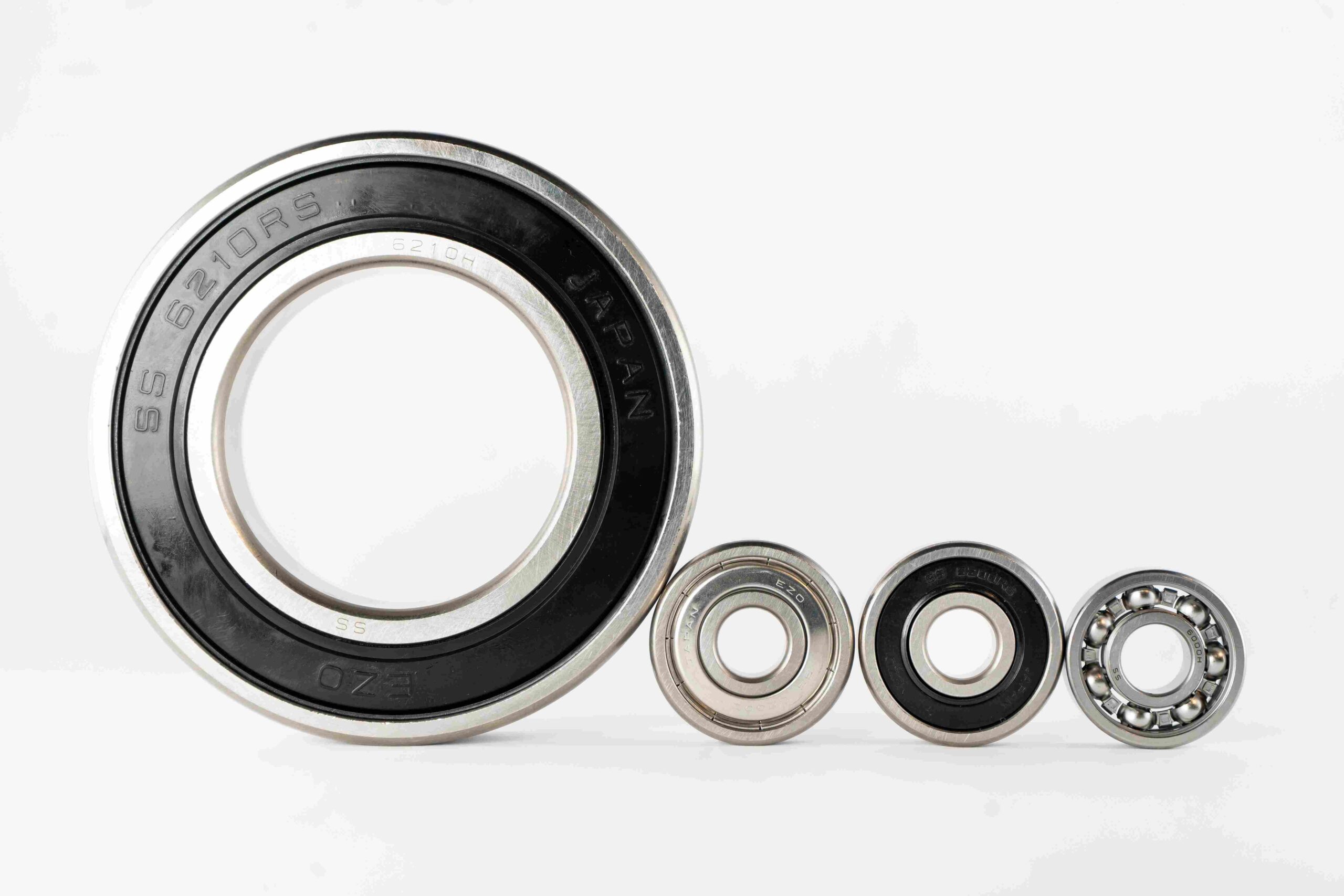
Correct installation
Ensuring bearing longevity depends on more than just material selection. Correct installation and maintenance are just as important. In fact, many premature failures in bearings can be traced back to improper handling, misalignment or the use of incorrect tools during fitting. Even the highest quality bearing can fail prematurely if excessive force is applied, or if contamination enters the bearing during installation.
That’s why it is important to follow proper installation procedures and use tools that minimise the risk of internal damage like cracked raceways or misaligned rolling elements — which can all result from poor fitting practices.
Knowing when to replace a bearing is just as important as choosing the right one. Because wear tends to develop gradually, early symptoms can go unnoticed until more serious issues arise. Common warning signs may include a persistent growling or rumbling noise — which often increases with vehicle speed, vibration, pulling to one side or unusual tyre wear.

The bigger picture
But what should you do when a bearing replacement is necessary? To begin, it is worth considering the broader picture. It is more cost-effective to replace only the bearing, for example, in a gearbox, whereas owners will often replace an entire unit, such as an alternator, rather than just the individual bearing.
This approach not only minimises the risk of related failures, such as uneven wear or misalignment, it can also help ensure overall system performance. Ultimately, replacing a worn bearing before it fails completely is not just about saving money; it’s essential for maintaining vehicle safety, stability and roadworthiness.
For specialist advice on selecting the right automotive bearing or to explore SMB Bearings’ full product range, visit www.smbbearings.com.

